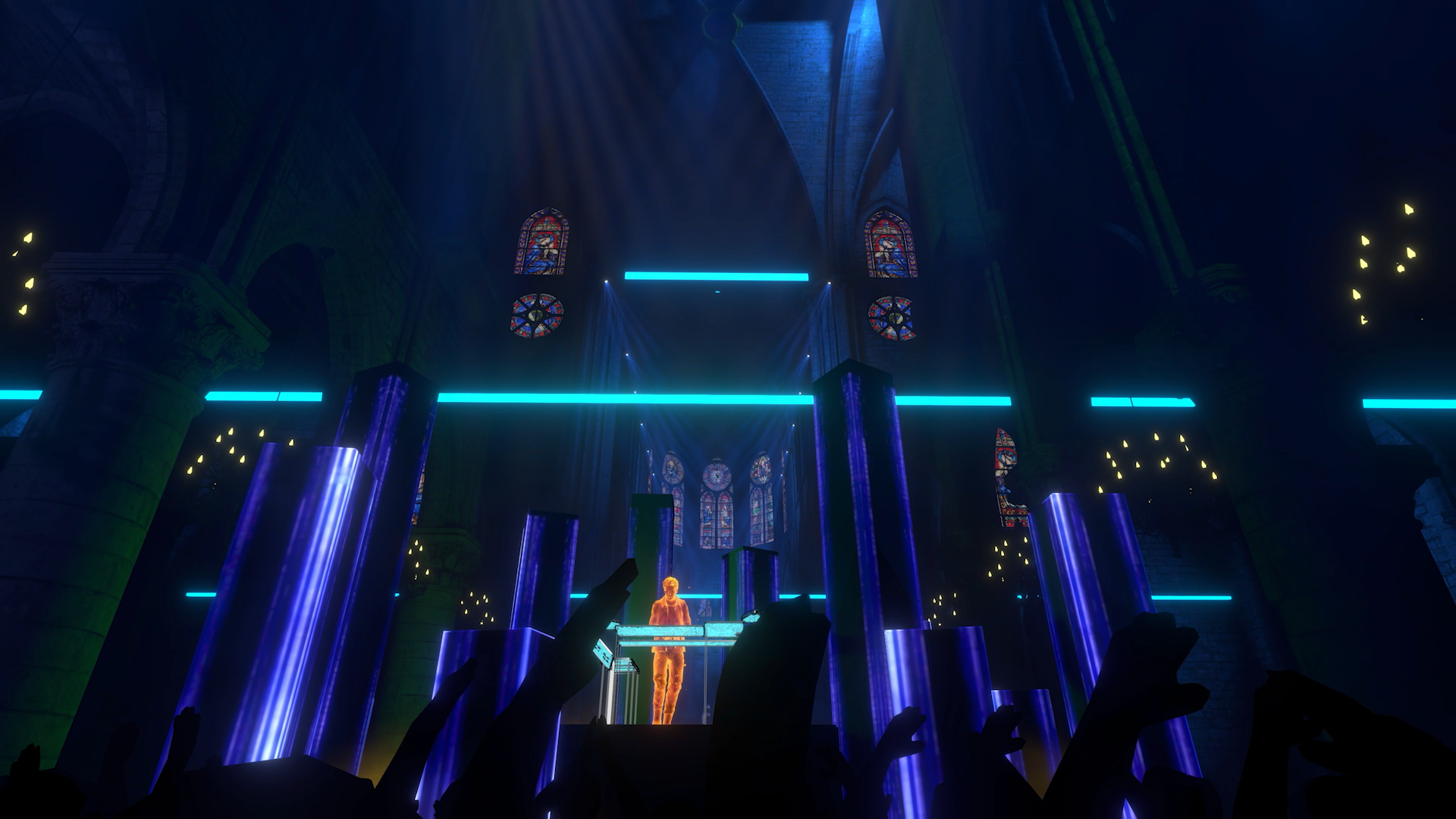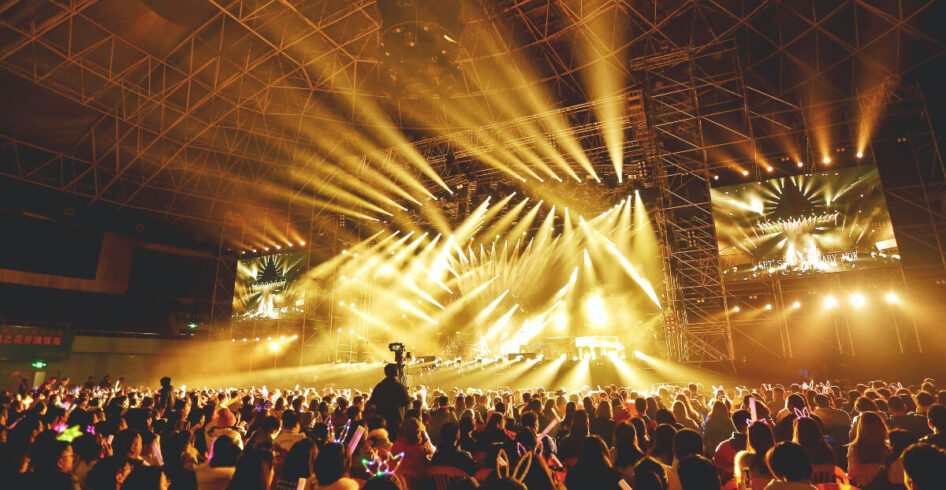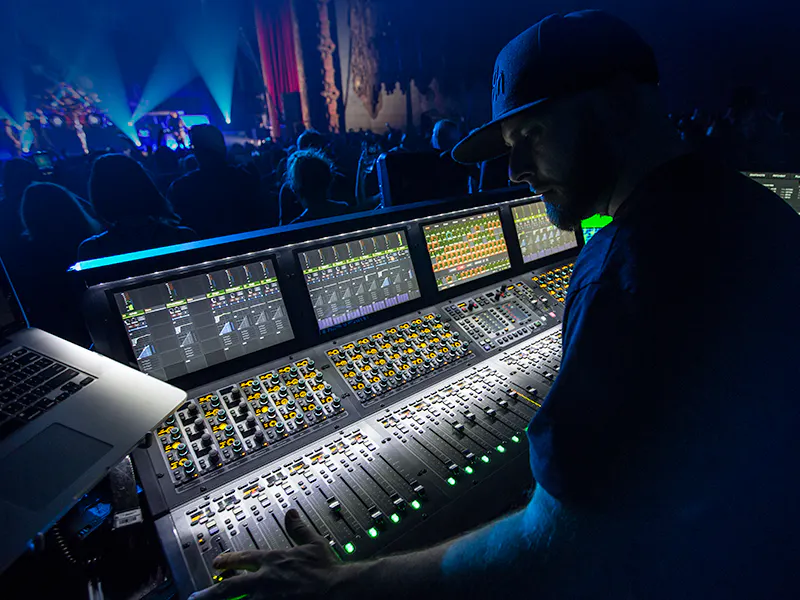
Introduction to live music technology

Step into the future of live music technology where performances are revolutionizing the way we experience music like never before. From virtual reality to artificial intelligence, the landscape of concerts and shows is evolving at a rapid pace. Join us on a journey through the innovative world of live music technology and discover how it’s shaping the future of entertainment.
The evolution of live music performances
Live music performances have come a long way from intimate gatherings to grand stadium shows. In the past, concerts relied heavily on live instrumentation and raw vocals to create a memorable experience for audiences. However, with advancements in technology, the landscape of live music has been revolutionized.
The evolution of live music performances can be attributed to innovative sound systems that enhance audio quality and provide a more immersive listening experience. Additionally, lighting design and visual effects have transformed concerts into multi-sensory spectacles that captivate audiences like never before.
With the introduction of digital platforms and streaming services, artists now have the ability to reach global audiences in real-time through virtual concerts and interactive livestreams. This shift towards digital connectivity has opened up new possibilities for fans to engage with their favorite musicians regardless of geographical barriers.
The evolution of live music performances continues to push boundaries and redefine what it means to experience music live in this digital age.
Virtual Reality (VR) and Augmented Reality (AR) in live shows

Imagine being able to attend a live music concert from the comfort of your own home, feeling like you’re right there in the front row. Virtual Reality (VR) and Augmented Reality (AR) technologies are revolutionizing the way we experience live shows.
With VR headsets, fans can immerse themselves in a 360-degree virtual environment, interacting with their favorite artists and other concert-goers. AR overlays digital elements onto the real world, enhancing the visual spectacle of performances.
Artists are embracing these technologies to create mind-blowing experiences for their audiences. From interactive visuals to immersive storytelling, VR and AR are pushing boundaries and blurring the lines between reality and fantasy in live music performances.
The possibilities are endless when it comes to incorporating VR and AR into concerts – giving both artists and fans a whole new way to connect through music like never before.
Artificial Intelligence (AI) and its role in creating unique performances
Artificial Intelligence (AI) is revolutionizing live music performances by offering artists innovative tools to create unique and unforgettable shows. Through AI algorithms, musicians can now experiment with generating new sounds, melodies, and even lyrics in real-time. This opens up a world of possibilities for crafting one-of-a-kind performances that resonate with audiences on a deeper level.
Moreover, AI-powered technologies enable artists to enhance their stage presence through interactive visuals and lighting effects that synchronize seamlessly with the music. This creates a multi-sensory experience for concert-goers, elevating the overall impact of live shows.
By analyzing vast amounts of data from social media and streaming platforms, AI also helps musicians understand their fan base better. This valuable insight allows them to tailor their performances to cater to specific preferences and create more engaging interactions during concerts.
Artificial Intelligence is pushing the boundaries of what is possible in live music performances, paving the way for truly immersive experiences that blur the lines between technology and artistry.
The impact of social media on live music experiences

Social media has revolutionized the way we experience live music technology, connecting fans and artists in real-time like never before. Platforms like Instagram and Twitter allow concert-goers to share their excitement instantly, creating a sense of community among attendees. Live streaming services enable fans from around the world to tune into concerts virtually, breaking geographical barriers and expanding audiences.
Artists can now interact directly with their followers through social media, giving them a glimpse behind the scenes and building anticipation for upcoming shows. This level of engagement fosters a deeper connection between musicians and their fan base, enhancing the overall live music technology makes the experience.
Hashtags and trending topics on social media help generate buzz around concerts, attracting new listeners and boosting ticket sales. Artists can also use targeted ads on platforms like Facebook to reach specific demographics, ensuring maximum exposure for their performances.
The impact of social media on live music technology making the experiences is undeniable – it has transformed how we discover new music, engage with our favorite artists, and share unforgettable moments with fellow music lovers.
The rise of holographic concerts
Imagine attending a live concert where your favorite artist appears as a hologram, performing right in front of your eyes. The rise of holographic concerts has brought a new dimension to the music industry, allowing fans to experience unforgettable performances like never before.
These innovative shows use cutting-edge technology to create lifelike holograms that can sing, dance, and interact with the audience in real-time. Artists who have passed away can also be resurrected on stage through this futuristic technology, giving fans a chance to witness iconic performances once again.
Holographic concerts offer endless possibilities for creativity and spectacle, blurring the lines between reality and fantasy. As this trend continues to gain popularity, we can expect more mind-blowing holographic experiences that push the boundaries of what is possible in live music technology entertainment.
Challenges and limitations of using technology in live shows
As technology continues to revolutionize live music technology in performances, there are undoubtedly challenges and limitations that come with integrating it into the show. One of the main concerns is the potential for technical glitches or malfunctions during a live performance, which can disrupt the flow and impact the overall experience for both artists and audiences alike.
Moreover, some traditionalists may argue that excessive reliance on technology can detract from the authenticity and raw energy that make live shows so special. There is also a risk of creating a disconnect between performers and their audience if technology becomes too dominant in shaping the entire concert experience.
Additionally, not all artists have access to cutting-edge tech or may struggle to adapt to new digital tools, posing a barrier for them to fully embrace these innovations in their performances. Finding a balance between incorporating technology seamlessly into live shows while preserving the essence of what makes them unforgettable remains an ongoing challenge in this ever-evolving landscape.
Opportunities for artists and the future of live music technology in performances
As live music technology continues to advance, artists are presented with exciting opportunities to push the boundaries of creativity and engagement during their performances. The future of live music technology in shows promises a blend of innovative tech solutions that enhance the overall experience for both performers and audiences.
From incorporating AI algorithms to create personalized setlists based on listener preferences to utilizing holographic projections for interactive visual displays, artists can now explore endless possibilities in captivating their fans. By embracing these revolutionary tools, musicians can craft unforgettable live experiences that transcend traditional concerts.
Additionally, virtual reality and augmented reality technologies offer a new dimension to stage design and audience interaction. Artists have the chance to transport their viewers into immersive worlds where music comes alive in ways never seen before. With social media shaping how fans engage with live performances, artists can leverage online platforms to reach wider audiences globally.
The live music technology fusion opens up endless avenues for creative expression and audience connectivity. As artists continue to embrace these cutting-edge innovations, the future of live music performances holds immense potential for groundbreaking experiences that elevate the art form even further.
Conclusion
The live music industry is experiencing a revolutionary transformation thanks to cutting-edge technology. From Virtual Reality and Augmented Reality enhancing the concert experience to Artificial Intelligence creating unique performances, artists are pushing boundaries like never before. The impact of social media on live music experiences cannot be overlooked, as it connects fans and artists in real-time like never before.
Holographic concerts are taking center stage, offering new possibilities for both creators and audiences. While there are challenges and limitations to using technology in live shows, the opportunities it presents for artists are endless. As we look towards the future of live music performances, one thing is clear – innovation will continue to shape and redefine how we experience music in ways we never thought possible.
To read more about Live Music Technology, click here. For more music news, visit QAWire



